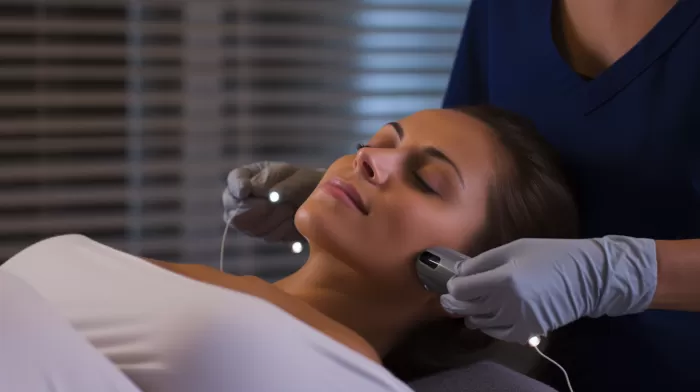Your body is like a well-tuned orchestra of electric waves, particles, and atoms that create unique vibrations. Recognizing your electric nature, various treatments such as acupuncture, quantum touch, ultrasound, and Transcutaneous Electrical Nerve Stimulation (TENS) units have been developed to help manage pain and improve overall well-being. One innovative treatment available is Frequency Specific Microcurrent (FSM) therapy, a revolutionary technique that leverages low electric currents to expedite bone healing and thwart pain signals.
Understanding FSM
FSM therapy targets myofascial pain by reducing inflammatory cytokines, the regulators that contribute to trigger points and connective tissue constriction. This causes the pain and sensations often described as pins and needles, coldness, burning, numbness, or itching originating from a damaged or diseased sensory system.
FSM is structured as a noninvasive therapy that requires a trained professional to operate a two-channel micro-amperage current device. Two separate channels of voltage are connected to the patient while moving the impacted limbs to their fullest range of motion. Research shows that specific frequency combinations (13Hz and 396Hz) can improve nerve and muscle pain, reduce inflammation, and clear scar tissue when used simultaneously. Additional frequency combinations have found to relieve the pain associated with kidney stones and support healing in conditions such as asthma, liver dysfunction, irritable bowel syndrome, shingles, low back pain, and fibromyalgia.
Research Results
Although FSM is relatively new, electric frequencies have been utilized for years, with micro-current technologies used by European and U.S. physicians in the 1980s to encourage bone repair in nonunion fractures. Numerous published studies emphasize the positive effects of single-channel micro-current on wound and fracture healing rates.
A 1982 study in Clinical Orthopaedics and Related Research highlighted that micro-amperage current between 10 and 500 microamps could increase Adenosine Triphosphate (ATP) production, the primary cellular energy component, by 500% in rat skin. The current could also boost amino acid transport into the cell by 70% and waste product removal.
Further evidence of the potential of FSM therapy came in 2020, with an article in the Journal of Bodywork and Movement Therapies showcasing positive results when used to treat fibromyalgia patients. In this study, out of the 54 patients treated using micro-amperage current, 31 reported relief from fibromyalgia symptoms following an average of eight treatments. The median time for improvement was two months, with a 100 percent recovery curve reached at 4.5 months. In conjunction with biological markers for pain and pro-inflammatory cytokines, the subjective outcomes scores demonstrate the promise of FSM for pain management.
Micro-currents: Small but Mighty
FSM therapy’s success can be attributed to its utilization of micro-current electrical signals, which are at the same frequencies as our cells. As higher frequencies activate the nervous system and may become counterproductive, FSM’s lower-frequency approach sets it apart from treatments like TENS units. In comparison, research shows FSM to be more effective in reducing pain.
Aside from merely blocking nerve pathways, FSM therapy appears to fine-tune the biological system, simultaneously increasing ATP production, amino acid transport, and waste product removal from cells. This trifecta of capabilities diminishes inflammation and reduces pain resulting from genuine advancements in the body’s processes.
FSM therapy has been hailed as an effective treatment option for a broad spectrum of pain types, including shingles, back pain, and fibromyalgia. As a novel approach to pain management, FSM may offer the long-awaited relief many individuals have been seeking.
For more information on FSM therapy, please visit:



